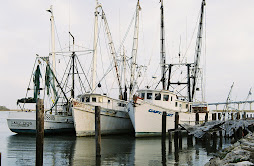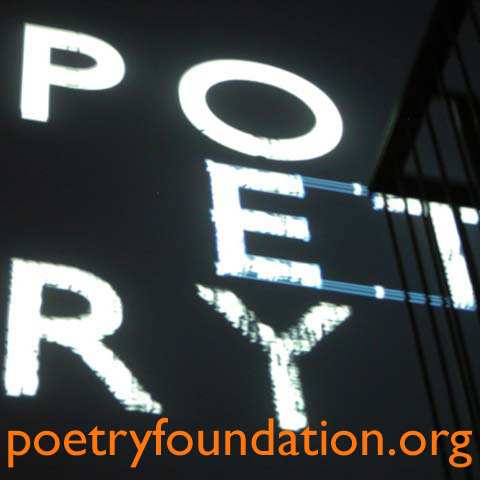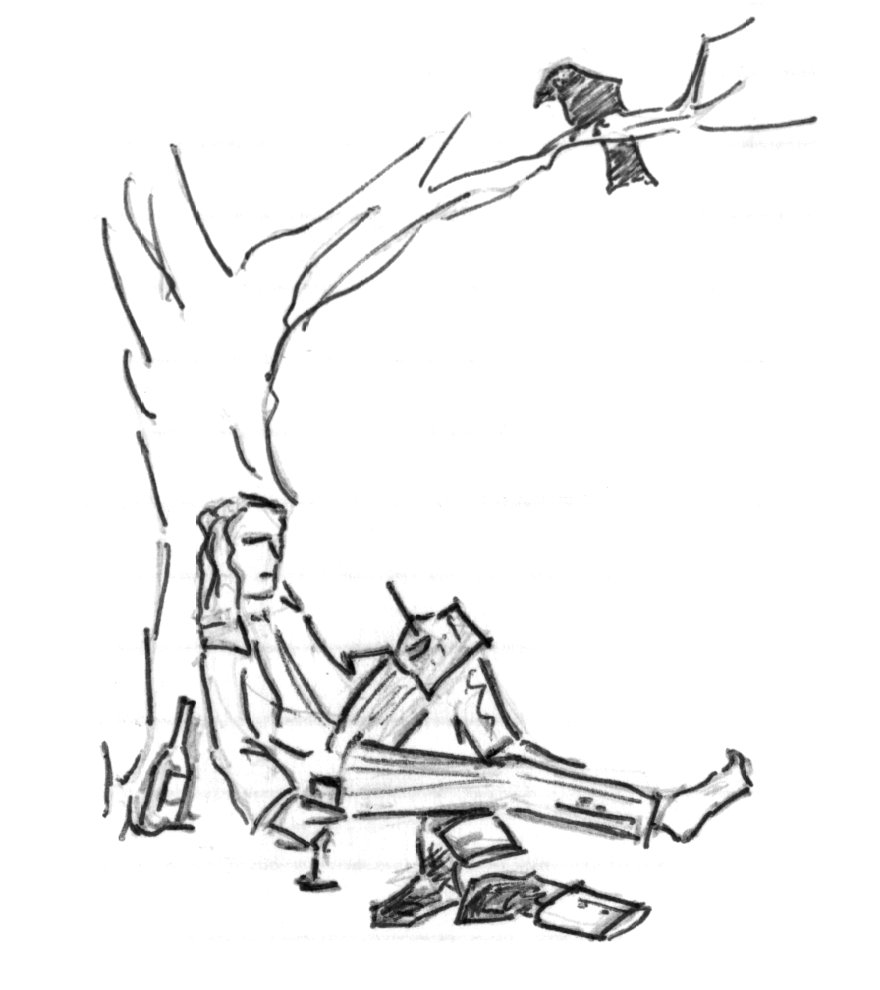Bee
Nate
Hayley
The reading schedule: Read an act a night starting Monday, previewing the play this weekend. Then, the group will re-read the play with the extra time.
The journal assignment: A journal per act, each worth 20 points. The topics of study include summary including important plot points, characterization, symbolism, repetition of images, and light/dark imagery. Other topics might be added later.
Thursday, March 6, 2008
Faulkner Group
Yojin
Colin
Sara
Martin
Connor
The reading assignment: The Faulkner group has agreed to read the entire novel this weekend. They will then re-read the novel throughout the unit; schedule to be determined on Monday.
The journal assignment: The Faulkner group has agreed to write one journal per character. This journal cannot be just a summary of the character.
Colin
Sara
Martin
Connor
The reading assignment: The Faulkner group has agreed to read the entire novel this weekend. They will then re-read the novel throughout the unit; schedule to be determined on Monday.
The journal assignment: The Faulkner group has agreed to write one journal per character. This journal cannot be just a summary of the character.
Friday, January 25, 2008
Questions while I am gone...
If you have questions while I am gone, you can post a question under the comments section here or you can email me: lindsay.peifer@spps.org
Tuesday, October 23, 2007
Invisible Man Journal Assignment
Keep a journal as you read Invisible Man that consists of two separate sections:
- Part One--Plot: this could consist of a timeline of event or a summary of each chapter. (This should be very short!)
- Part Two--Analysis: Each analysis journal should be at least a page long and should show your insights and thoughts. This means that you should explore your own ideas and elaborate on them. You should have at least 15 journals by the end of the novel. Avoid plot summary in this part of your journal! This should be in part one. In your journal, I want to see what you are noticing, what you are thinking about, what things you are confused by—and then I want to see how that changes or shifts as you travel through the book. I want to see that you are engaged with the text in your journals--not just repeating what we say in class discussion. The following are strong suggestions for your study:
- Trace and show evidence of reoccurring themes of duality (light/dark, darkness/light, blind/sight, etc.)
- Discuss the narrator's experience of growing up. Focus on events/things/people who assist him in is discovery of self. Explain examples and how they relate to IM's growing process (examples: letters, people, briefcase)
- Follow image patterns and explain their relevance to the book and the effects on the narrator (the sambo doll, the briefcase, the paper trail, white women/sexuality, violence, articulation/expression etc).
- Many scenes are isolated or disjointed from the whole of the book (ex: the battle royal in chapter 1, the hospital scene in chapter 11). Examine the details; explain how the scene is relevant to the rest of the book. You could focus on theme, character development, and stylistic devises such as diction, repetition, and allusion.
Invisible Man Research Paper Topics
(Harlem) is romantic in its own right. And it is hard and strong, its noise, heat, cold, cries and colours are so. And the nostalgia is violent too; the eternal radio seeping through everything day and night, indoors and out, becomes somehow the personification of restlessness, desire, brooding."
--Nancy Cunard, Harlem Review, 1933
In 1925, the African-American philosopher Alain Locke published The New Negro, an anthology that contained the works of some of the writers of the period: Langston Hughes, Claude McKay, Zora Neale Hurston. In Harlem, "Negro life is seizing upon its first chances for group expression and self-determination," Locke wrote in the introduction. Instead of using more direct political means, African-American artists and writers employed culture to work for goals of civil rights and equality.
- Write a 7-10 page paper on one of the following topics.
- All papers need to be typed, in 12-point font and written in MLA format.
- The topics are vague since it is designed to enhance your knowledge of Invisible Man yet leave room for you to explore an area that you are interested in.
- All papers should use specific textual evidence to support your thesis.
- A Works Cited page must be included with the paper in order for the paper to be graded.
- Take time to write this paper. See me for guidance or clarity if you need it.
1. Research the Communist party during the Harlem Renaissance. Write a commentary about how it affected the Harlem Renaissance and/or specific artists from the Harlem Renaissance. Research the people who joined the Communist party, the reasons for joining, and their reasons for leaving the party.
2. Historical Perspectives--Research one of the following topics and address how it influenced the author and/or novel and/or culture of the Harlem Renaissance:
• Amber:Lynch mobs (especially from 1890s on)
• Evictions of African American people
• Woodrow Wilson
• Sarah: Jazz: Bessie Smith, Florence Mills, Billie Holiday, Duke Ellington, Cab Calloway, Louis Armstrong
• Art: Augusta Savage, Laura Wheeler Waring, Aaron Douglass, Louis Mailou Jones, Sargent Claude Johnson, William H. Johnson, Archibald Motley, Romare Bearden, Jacob Lawrence
• Dance: Josephine Baker
• Yojin: Jim Crow Laws
3. Literary Influences—Research one of the following influences on Ellison:
• Melville/ Moby Dick
• Colin: Richard Wright/ Native Son
• Dostoevsky (minus Crime and Punishment)
• William Faulkner
• Mark Twain
• Stories of Brer Rabbit
4. Literary Contemporaries—Read other works by authors of the Harlem Renaissance and compare/contrast Ellison’s themes. You should integrate literary criticism with in your paper as well. Authors include:
• Langston Hughes
• Zora Neal Hurston
• Countee Cullen
• Jessie Redmon Fauset
• Dorothy West
• Claude McKay
• Anne Spencer
• Alice Ruth Moore Dunbar-Nelson
• Paul Laurence Dunbar
• Arna Bontemps
• Angelina Weld Grimke
• Marita Bonner
• Jean Toomer
• Gwendolyn B. Bennett
• Esther Popel
• Marion Vera Cuthbert
• Ida B. Wells-Barnett
• James Weldon Johnson
• Nella Larsen
• Alain Locke
5. Politics—Research the politics of the time and how their ideologies influenced Ellison.
• W.E.B. Du Bois/ NAACP
• Connor:Booker T. Washington/ Tuskegee Institute
• Marcus Garvey/ UNIA
6. Martin: Research the Negro Baseball Leagues.
7. Nate--Research the treatment of African Americans in the Military during the Harlem Renaissance
8. Research Women’s Rights during the Harlem Renaissance.
9. Your own idea that you get approved by your instructor.
Invisible Man Art Project
Invisible Man Art Project
Cathedral Church of St. John the Divine in New York is the largest Gothic Church in the world. It has different alcoves for art and poetry as well has having many memorials to famous authors.
Here, in what I believe was May of 2001, I saw an art exhibit for Invisible Man. It was definitely before September 11th, because the Twin Towers still stood. I remember taking a picture of the skyline of New York as I rode a ferry to the Statue of Liberty and thinking how silly it was to take a picture of the skyline—a picture that everyone takes that visits New York, a skyline that would always be the same, would always be there. I remember laughing at this “silly” picture that I was taking, and telling the friend that I was with that I was going to take the picture anyway. The world felt solid.
Little did I know, of course, that that wasn’t really true and that just a few months later, the skyline of New York and the world as we know it would never be the same. I tell you this story because I am really thankful that I took that picture, that I documented the world that I saw at the moment despite the feeling that I had at the time that it was so mundane and average. I would like you to think about your world-view—the things you believe in, stand for, know to be true. Then, read the description below of the art work, written by Tim Rollins:
The young members of our collaborative art-making team L.O.S. and I began reading and exploring ways to visually interpret Ralph Ellison’s classic novel in 1992. We wrestled daily—for several years—with the broad issues of the book: the realities of living in a society that elects not to acknowledge your presence, alienation, the endless search for identity, how to survive the tyranny of history? What does it mean to be truly American? How to represent all this in a painting? It all seemed impossible. Until one day.
We were all still reeling from a relentless sequence of tragic events throughout 1993: the cruel murder of Christopher Hernandez, one of our youngest and dearest members, the emotional collapse of several other members, the financial collapse that led to the loss of our studio. By September we had abandoned work on our Invisible Man concentrating instead on a body of work inspired by Rev. Dr. Martin Luther King’s final sermon I See the Promised Land preached on the eve of April 3, 1968 in Memphis. As usual, K.O.S. and I began researching and studying the period of the text hoping to find clues that would result in a painting drawn from the literature. We were moved by he many photographs taken during King’s involvement in Memphis, especially one taken by Ernest Withers. The photo was magisterial group portrait of striking sanitation workers each holding a placard that stated, simply but powerfully, I AM A MAN. Then it hit us, “I am a man.” “I am.” “I. M.”…Invisible Man.
It happened that on that same day a copy of that day’s New York Daily News was on our working table among the historical materials and texts. The large headline in bold and black letters contained the dreaded words “MURDER VICTIM.” We decided to cut the last two letters of the world VICTIM, leaving only the letters “I” and “M.” We then began tracing these two ciphers onto pages taken by Ellison’s novel. K.O.S. and I would eventually enlarge this image to make painting with several communities of young people across the U.S.
I am. This is the essential message of all art.
Memphis, TN
March, 2001
Your Assignment:
• Using your world-view, create a piece of art using the major themes in Invisible Man. How do those major themes relate to you, matter to you? How does seeing it through your eyes shape it into something different? Consider the relevance of these themes in our current society and build some connections to that.
• The art piece can be in any appropriate form and can include collage, painting, drawing, or poetry.
• Keep in mind the Invisible Man's journey to adulthood.
• This is a very open project that needs to be thoughtful and reflective.
• You need to be creative in the project! Be inspired!
• Along with your art project, write a one page explanation and rationale of your project. Please make sure this is typed.
Cathedral Church of St. John the Divine in New York is the largest Gothic Church in the world. It has different alcoves for art and poetry as well has having many memorials to famous authors.
Here, in what I believe was May of 2001, I saw an art exhibit for Invisible Man. It was definitely before September 11th, because the Twin Towers still stood. I remember taking a picture of the skyline of New York as I rode a ferry to the Statue of Liberty and thinking how silly it was to take a picture of the skyline—a picture that everyone takes that visits New York, a skyline that would always be the same, would always be there. I remember laughing at this “silly” picture that I was taking, and telling the friend that I was with that I was going to take the picture anyway. The world felt solid.
Little did I know, of course, that that wasn’t really true and that just a few months later, the skyline of New York and the world as we know it would never be the same. I tell you this story because I am really thankful that I took that picture, that I documented the world that I saw at the moment despite the feeling that I had at the time that it was so mundane and average. I would like you to think about your world-view—the things you believe in, stand for, know to be true. Then, read the description below of the art work, written by Tim Rollins:
The young members of our collaborative art-making team L.O.S. and I began reading and exploring ways to visually interpret Ralph Ellison’s classic novel in 1992. We wrestled daily—for several years—with the broad issues of the book: the realities of living in a society that elects not to acknowledge your presence, alienation, the endless search for identity, how to survive the tyranny of history? What does it mean to be truly American? How to represent all this in a painting? It all seemed impossible. Until one day.
We were all still reeling from a relentless sequence of tragic events throughout 1993: the cruel murder of Christopher Hernandez, one of our youngest and dearest members, the emotional collapse of several other members, the financial collapse that led to the loss of our studio. By September we had abandoned work on our Invisible Man concentrating instead on a body of work inspired by Rev. Dr. Martin Luther King’s final sermon I See the Promised Land preached on the eve of April 3, 1968 in Memphis. As usual, K.O.S. and I began researching and studying the period of the text hoping to find clues that would result in a painting drawn from the literature. We were moved by he many photographs taken during King’s involvement in Memphis, especially one taken by Ernest Withers. The photo was magisterial group portrait of striking sanitation workers each holding a placard that stated, simply but powerfully, I AM A MAN. Then it hit us, “I am a man.” “I am.” “I. M.”…Invisible Man.
It happened that on that same day a copy of that day’s New York Daily News was on our working table among the historical materials and texts. The large headline in bold and black letters contained the dreaded words “MURDER VICTIM.” We decided to cut the last two letters of the world VICTIM, leaving only the letters “I” and “M.” We then began tracing these two ciphers onto pages taken by Ellison’s novel. K.O.S. and I would eventually enlarge this image to make painting with several communities of young people across the U.S.
I am. This is the essential message of all art.
Memphis, TN
March, 2001
Your Assignment:
• Using your world-view, create a piece of art using the major themes in Invisible Man. How do those major themes relate to you, matter to you? How does seeing it through your eyes shape it into something different? Consider the relevance of these themes in our current society and build some connections to that.
• The art piece can be in any appropriate form and can include collage, painting, drawing, or poetry.
• Keep in mind the Invisible Man's journey to adulthood.
• This is a very open project that needs to be thoughtful and reflective.
• You need to be creative in the project! Be inspired!
• Along with your art project, write a one page explanation and rationale of your project. Please make sure this is typed.
Friday, September 21, 2007
Your poets
Here are the poets that you have chosen that have been approved. If your name isn't on this list, please try some other options and repost your selections.
Yojin’s poets:
1. Robert Frost
2. Maya Angelou
3. Rudyard Kipling
Sara’s poets:
1. Rumi
2. Mary Oliver
3. Sylvia Plath
Nate’s poets:
1. Edgar Allen Poe
2. Robert Browning
3. Li Po
Amber’s poets
1. e e cummings
2. Dylan Thomas
3. Sonia Sanchez
Connor’s poets:
1.George Herbert
2.Adrienne (Cecile) Rich
3.Langston Hughes
Martin’s poets:
1. TS Eliot
2. Elizabeth Barrett Browning
3. Pablo Neruda
Hayley's poet:
1. Whitman
2. Eavan Boland
3. ?
Colin’s poets:
1. Emily Dickinson
2. William Shakespeare
3. Gary Soto
Bee’s poets:
1. James Thomson 1700's
2. Saskia Hamilton 2000's
3. Jose Emilio Pacheco 1900's
Yojin’s poets:
1. Robert Frost
2. Maya Angelou
3. Rudyard Kipling
Sara’s poets:
1. Rumi
2. Mary Oliver
3. Sylvia Plath
Nate’s poets:
1. Edgar Allen Poe
2. Robert Browning
3. Li Po
Amber’s poets
1. e e cummings
2. Dylan Thomas
3. Sonia Sanchez
Connor’s poets:
1.George Herbert
2.Adrienne (Cecile) Rich
3.Langston Hughes
Martin’s poets:
1. TS Eliot
2. Elizabeth Barrett Browning
3. Pablo Neruda
Hayley's poet:
1. Whitman
2. Eavan Boland
3. ?
Colin’s poets:
1. Emily Dickinson
2. William Shakespeare
3. Gary Soto
Bee’s poets:
1. James Thomson 1700's
2. Saskia Hamilton 2000's
3. Jose Emilio Pacheco 1900's
Subscribe to:
Posts (Atom)




